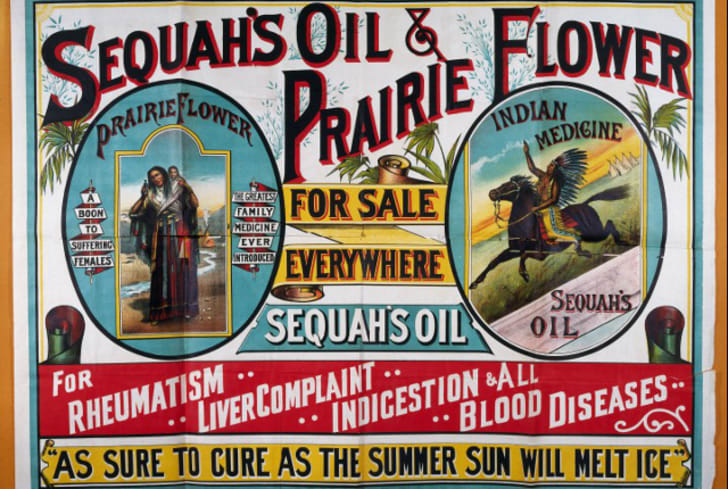
The first 25 years after the Civil War, Texas emerged as the fabled home of ranchers, cowboys, and gunfighters. In Texas, when legend generated more interest than facts, newspapers printed the legend.
The mythological Lone Star State made more astonishing stories than the truth: most of the state’s people farmed for a living. Because the farmers needed help harvesting their abundant crops, Texans aggressively sought newcomers. With enormous tracts of land to settle, they longed for aid in that task. Farmers wrote letters to their families and friends encouraging them to “come to Texas.” Cities, railroads and corporations published promotional brochures urging migration to Texas.
The printed word—newspapers, almanacs, advertisements, and letters—extolled the virtues of specific towns and cities. Galvanized by publicity and aspiring to escape the ruin of war, migrants from the deep south helped triple the population of Texas in two decades. Between 1870 and 1890 the population in Texas swelled from 818,000 to 2,235,000.
A Horse and Buggy Doctor
The opportunities in Texas stimulated Dr. Walter Jackson Coleman’s adventurous spirit. Tired of the ravages experienced by the Deep South following the Civil War, he decided to move to a frontier that, according to all he read, offered abundant, untarnished prospects.
The life of a frontier doctor and his family demanded toughness and resiliency. Walter would travel in the country in all types of weather on horseback or in a buggy to treat his patients. Often he would spend nights, and sometimes several days, with his patients.
Texas physicians following the Civil War had little knowledge of the advances being made in the east. Great distances from centers of learning, poor living conditions in remote areas, and economic hardships contributed to the slow progress of Texas medicine in the late nineteenth century. Although lacking the knowledge possessed by their eastern counterparts, the Texas physician, as counselor, confidant, and comforter, mastered the art of medicine.
Walter’s limited clinical training compelled close observation, diligence, and attention to detail. Often he could diagnose a disease when he walked into a patient’s home. Measles smelled like fresh plucked feathers; scarlet fever smelled like hot bread; diphtheria smelled like rotting apples. Uncontrolled diabetes mellitus had a fruity smell. Kidney failure smelled like ammonia. Those patients with liver disease had a musty odor. Foul smelling sputum suggested a lung abscess.
Walter’s dedication to his profession offered compassion and hope to patients. His Herculean cheerfulness and courage brought confidence into the sick room that enhanced the healing process. His common sense, imperturbability, empirical approach to illness, and the ability to adapt to unexpected situations, compensated for a poor understanding of basic science. In his later years, he told his sons:
As I think back over some of my cases I wonder how much I did to alleviate real disease. Often times the medicines I gave were more symbolic than curative. Of course, my visits were reassuring. When I rode-up on my horse you could see the sense of relief in the family members. My main job was to do no harm. I would try to make the patient as comfortable as possible while looking like I knew what I was doing. God willing, the disease would run its natural course and the patient would get well. Nothing succeeds more than masterly inactivity.
https://thetimeofyourlife24x7.com/texas-forever-2/
https://thetimeofyourlife24x7.com/the-texas-we-knew-then-is-not-the-texas-we-know-now/
https://thetimeofyourlife24x7.com/oh-no-im-losing-my-texas-accent/